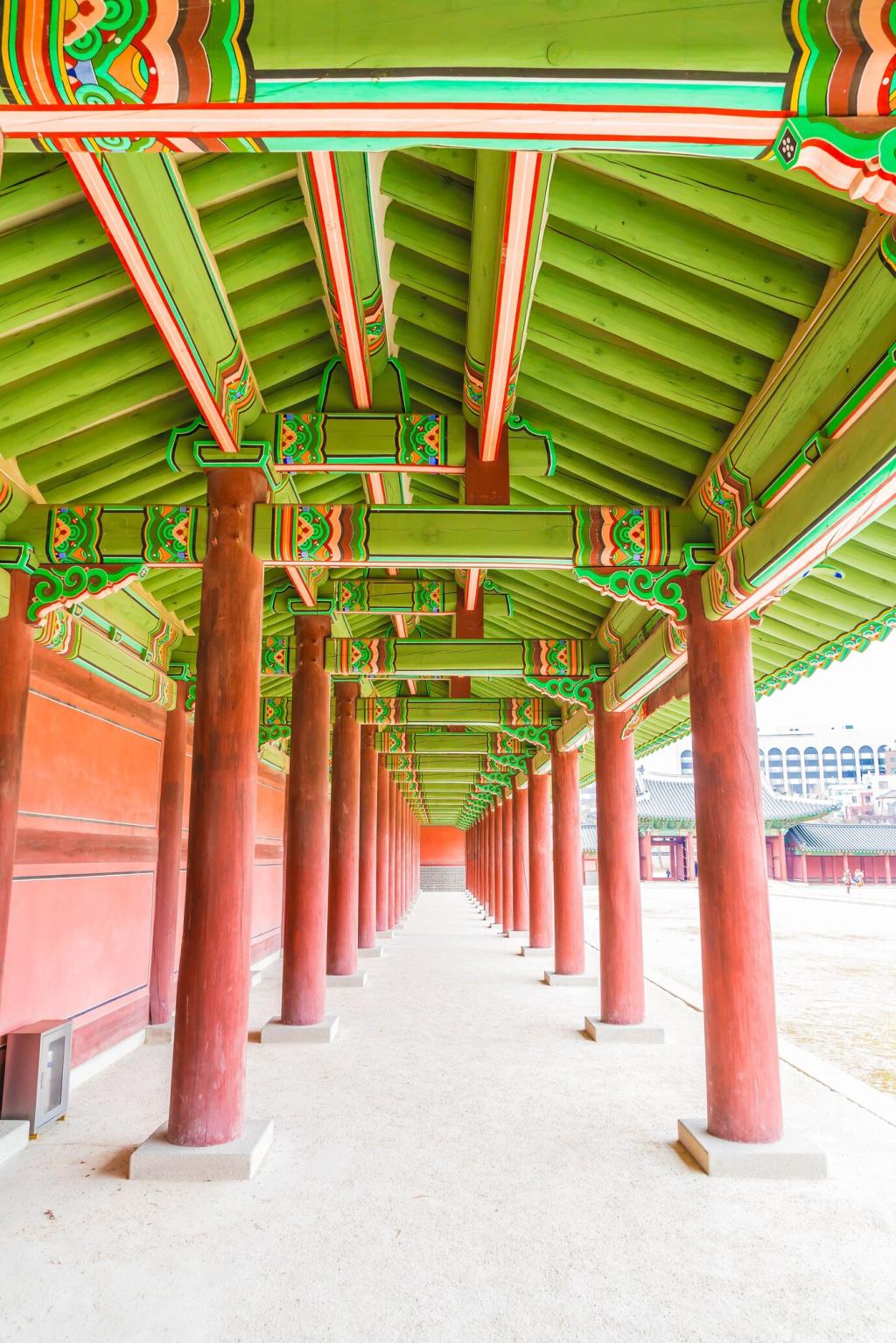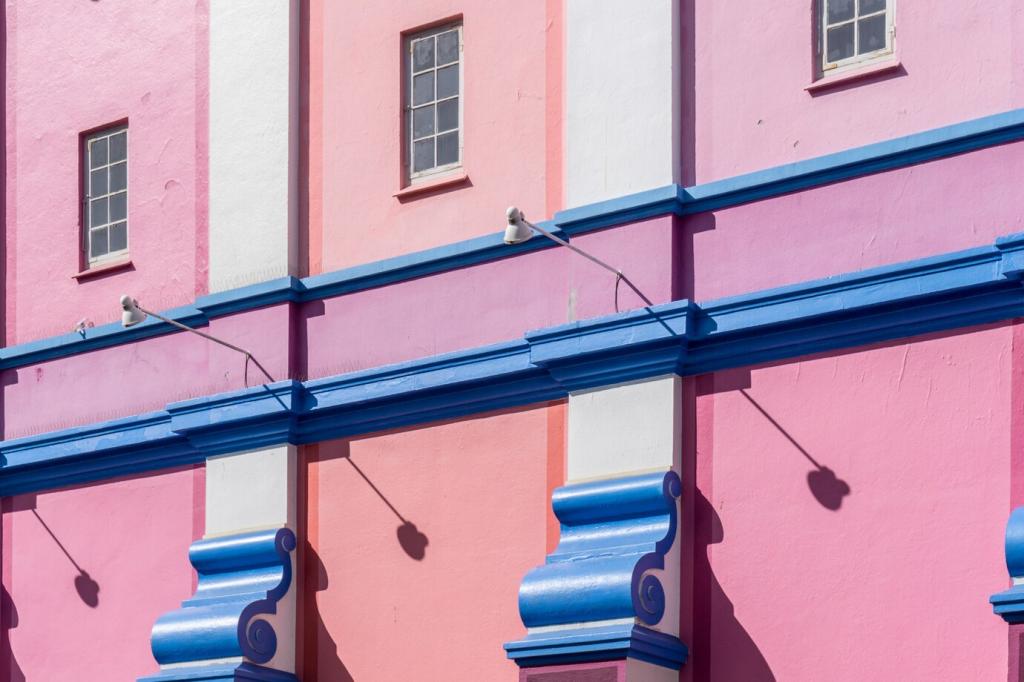
Cultural Heritage and its Role in Modern Building Design
Cultural heritage plays a fundamental role in shaping the identity and fabric of modern building design. As cities and towns undergo rapid development, architects and builders face the challenge of remaining rooted in the traditions, values, and aesthetics of the past while innovating for contemporary needs. This synergy influences not only the appearance of our built environment but also the ways in which communities connect with their history, fostering a sense of place and continuity. Exploring the integration of cultural heritage into modern architecture reveals how the past can become a powerful guide for sustainable, inclusive, and meaningful urban growth.
The Importance of Cultural Heritage in Architecture
Preserving Identity Through Design
Cultural heritage is deeply intertwined with the collective memory and identity of a community. When architects incorporate local motifs, materials, and construction methods, they are not only preserving the essence of a place but also reaffirming the narrative of its inhabitants. This mindful approach helps keep centuries-old traditions alive amidst modernity, creating buildings that are both innovative and respectful of their origins. It enables current and future generations to experience a tangible connection to their cultural past, fostering pride and belonging.
Bridging Past and Present
Modern building design, when thoughtfully grounded in heritage, functions as a bridge between eras. The interplay of contemporary forms with historical references demonstrates how innovation does not have to come at the expense of tradition. By embedding cultural narratives within new structures, architects ensure the continuity of a region’s architectural language. This dialogue between past and present enriches urban landscapes, offering layered experiences that speak to the progression and adaptation of communities across time.
Safeguarding Intangible Heritage
Beyond physical structures, cultural heritage embodies intangible elements such as rituals, crafts, and social practices. Modern architects increasingly acknowledge these aspects by designing spaces that accommodate cultural activities, traditional gatherings, or community rituals. Buildings thus become living platforms for intangible heritage, supporting not only the physical preservation of history but also its ongoing expression in daily life. This dynamic approach ensures that culture stays relevant and celebrated within modern contexts.
Integrating Traditional Elements in Contemporary Buildings
Adaptive Reuse of Historic Structures
Adaptive reuse is a strategy where existing heritage buildings are transformed for contemporary functions without erasing their historic character. This approach breathes new life into old structures, preserving their essence while meeting current needs. Whether converting a centuries-old warehouse into a vibrant co-working space or revitalizing an ancestral home into a boutique hotel, adaptive reuse demonstrates environmental responsibility and respect for cultural memory. The outcome is architecture that tells a story, linking the past directly to the present through continued use.
Material and Craft Revival
Many modern buildings draw heavily on traditional materials and construction techniques that have proven their resilience over generations. By sourcing local stone, wood, or clay, and reviving age-old craftsmanship, designers reduce environmental impact and celebrate heritage skills. Such choices enrich buildings with authenticity and warmth, grounding them in their geographic and cultural context. The revival of regional crafts ensures the survival of artisan knowledge, boosts local economies, and fosters sustainable building practices that align with both ecological and cultural imperatives.
Symbolism and Meaningful Detailing
Symbolic elements add layers of meaning to modern architecture when rooted in cultural heritage. Courtyards, lattice screens, arches, or indigenous motifs may all be reinterpreted to suit present-day lifestyles while retaining their original significance. Careful attention to such details allows architects to communicate stories, beliefs, and values visually and spatially. This symbolism not only enhances the beauty of a building but also acts as a channel for passing on traditions, making every structure a testament to its unique cultural lineage.
Cultural Heritage as a Driver for Sustainable Design
Centuries-old buildings around the world offer invaluable lessons in passive design, employing local knowledge to create comfortable and energy-efficient interiors. Features such as thick walls, shading devices, natural ventilation corridors, and inner courtyards are just a few examples. Modern architects often revive these practices, adapting them to new materials and technologies to achieve sustainability goals. By looking to the past, contemporary buildings can reduce reliance on mechanical systems, ensuring comfort while minimizing ecological footprints.

